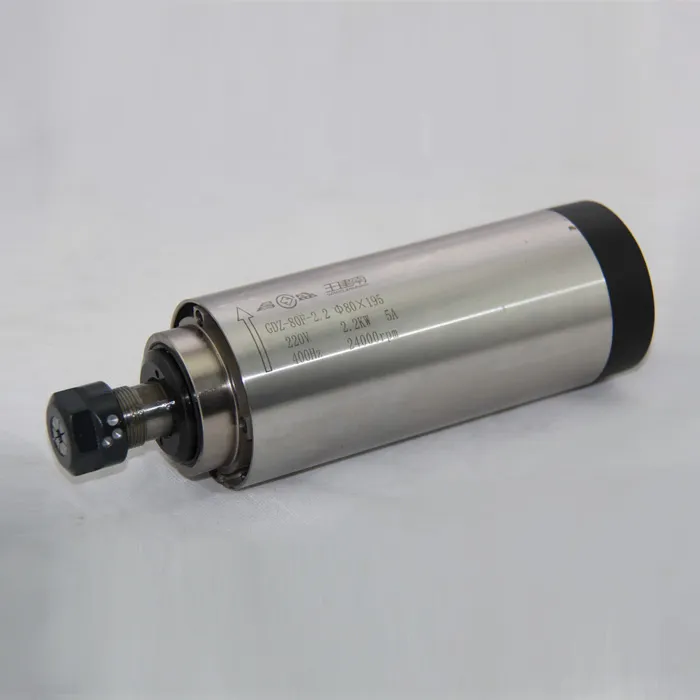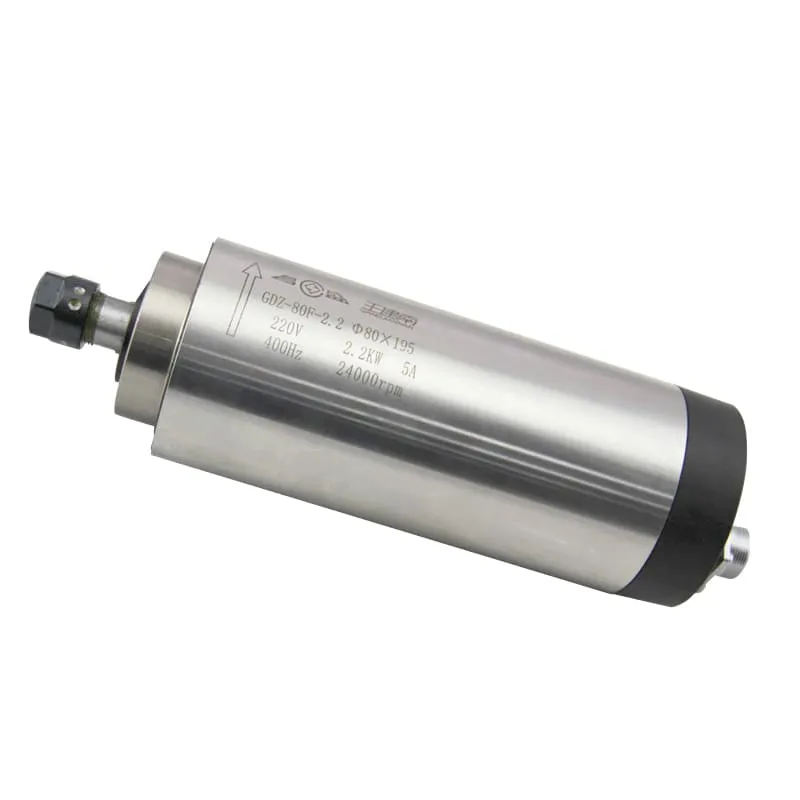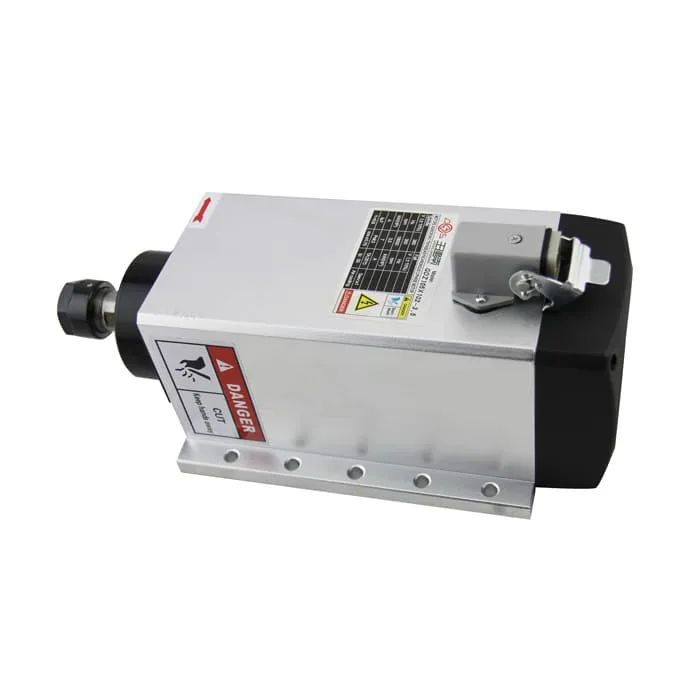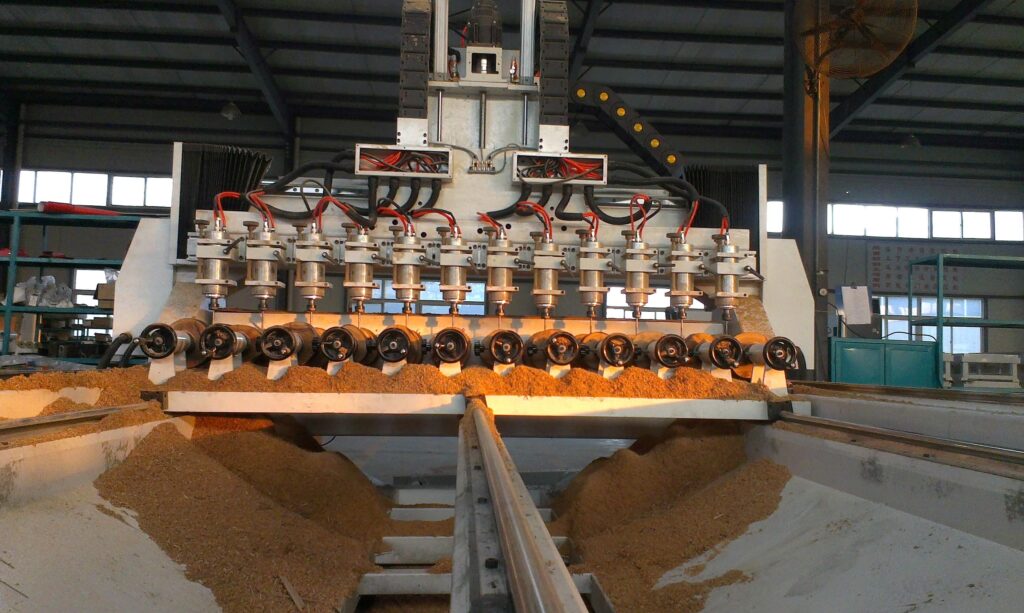Can a CNC Machine Cut Wood?
In the world of woodworking and manufacturing, precision and efficiency are paramount. CNC (Computer Numerical Control) machines have revolutionized many industries, and woodworking is no exception. A common question that arises, especially for those new to CNC technology, is: can a CNC machine cut wood? The answer is a resounding yes, and in this comprehensive guide, we’ll explore the fascinating world of CNC wood cutting, its capabilities, techniques, and much more.
Understanding CNC Machines for Woodworking
CNC machines are automated cutting tools that operate based on computer-programmed instructions. When it comes to woodworking, CNC machines offer several advantages over traditional manual methods:
- Precision: CNC machines can achieve extremely tight tolerances, often within fractions of a millimeter.
- Consistency: They can reproduce the same part multiple times with high accuracy.
- Complexity: CNC machines can create intricate designs that would be difficult or impossible to achieve manually.
- Efficiency: They can operate continuously, increasing productivity.
The most common type of CNC machine for woodworking is the CNC router. These machines use a rotating cutting tool, similar to a handheld router, but with the precision and control of computer guidance.
Types of CNC Machines for Wood Cutting
While CNC routers are the most popular, there are several types of CNC machines suitable for wood cutting:
- CNC Routers: Ideal for 2D and 3D cutting, engraving, and carving.
- CNC Mills: Can handle harder woods and more precise operations.
- CNC Lathes: Perfect for creating cylindrical wooden parts.
- Laser Cutters: Excellent for intricate designs and thin materials.
- Plasma Cutters: While primarily for metal, some can cut thick, dense woods.
For most woodworking applications, a CNC router equipped with a powerful spindle like the 2.2KW ER20 Air-Cooled Spindle provides an excellent balance of versatility and performance.

Woods Suitable for CNC Machining
CNC machines can work with a wide variety of woods, each presenting its own characteristics and challenges:
- Softwoods (e.g., Pine, Cedar, Fir):
- Easy to cut
- Prone to tear-out if not careful
- Great for beginner projects
- Hardwoods (e.g., Oak, Maple, Walnut):
- Produce cleaner cuts
- Require slower feed rates
- Excellent for fine furniture and detailed work
- Engineered Woods (e.g., MDF, Plywood):
- Consistent density
- No grain to consider
- Ideal for large, flat projects
- Exotic Woods (e.g., Teak, Ebony):
- Can be very dense and hard to cut
- Often expensive, so mistakes are costly
- Produce stunning results
The choice of wood impacts every aspect of the machining process, from tool selection to cutting parameters.
Cutting Tools for CNC Wood Machining
Selecting the right cutting tools is crucial for successful wood machining. Different tools are designed for specific operations and wood types:
- End Mills: Versatile tools used for cutting, carving, and surfacing.
- Ball Nose Bits: Ideal for 3D carving and surfacing.
- V-Bits: Used for V-carving and engraving.
- Straight Bits: Perfect for straight cuts and dadoes.
- Compression Bits: Designed to reduce tear-out in sheet goods.
- Spiral Upcut/Downcut Bits: For clean cuts in different directions.
The material of the cutting tool is also important:
- High-Speed Steel (HSS): Suitable for softwoods and occasional use.
- Carbide-Tipped: Longer-lasting and suitable for hardwoods.
- Solid Carbide: The most durable option for frequent use.
Cutting Parameters for CNC Wood Machining
Successful wood cutting requires careful selection of cutting parameters. These include:
- Spindle Speed: The rotation speed of the cutting tool, measured in RPM.
- Feed Rate: The speed at which the tool moves through the material.
- Depth of Cut: How deep the tool cuts into the material in a single pass.
- Step Over: The distance between parallel toolpaths when surfacing or pocketing.
Here’s a basic table of recommended cutting parameters for common woods:
| Wood Type | Spindle Speed (RPM) | Feed Rate (inches per minute) |
|---|---|---|
| Softwood | 16000-18000 | 100-150 |
| Hardwood | 14000-16000 | 60-100 |
| MDF | 18000-20000 | 150-200 |
| Plywood | 16000-18000 | 100-150 |
These parameters must be adjusted based on the specific wood, tool, and desired finish. A powerful spindle like the 4.5KW ER32 Air-Cooled Spindle can provide the necessary speed and torque for efficient wood cutting across a range of parameters.

Designing for CNC Wood Cutting
Effective CNC wood cutting begins with good design. Here are some key considerations:
- Software Choice: Use CAD (Computer-Aided Design) software to create your designs. Popular options include Fusion 360, VCarve, and SketchUp.
- Design for Manufacturability: Consider the limitations of your CNC machine and tools when designing.
- Grain Direction: In solid wood, design with the grain direction in mind to minimize tear-out.
- Tool Paths: Plan your tool paths to minimize tool changes and maximize efficiency.
- Test Cuts: Always perform test cuts on scrap material before cutting your final piece.
Remember, the complexity of designs you can achieve with CNC far exceeds what’s possible with manual methods.
CNC Programming for Wood Cutting
Translating your design into machine instructions involves several steps:
- CAD (Computer-Aided Design): Create a digital model of your part.
- CAM (Computer-Aided Manufacturing): Generate toolpaths based on the CAD model.
- G-code Generation: Convert CAM instructions into machine-readable G-code.
- Program Optimization: Fine-tune the program for efficiency and quality.
Many modern CAM software packages make this process relatively straightforward, even for beginners.
Challenges in CNC Wood Cutting
While CNC machines excel at cutting wood, there are challenges to be aware of:
- Tear-Out: Fibers can tear instead of cutting cleanly, especially with the grain.
- Dust Management: Wood cutting produces a lot of dust, which needs to be managed.
- Tool Wear: Certain woods can cause rapid tool wear.
- Material Inconsistency: Natural variations in wood can affect cutting results.
- Workholding: Securing irregularly shaped pieces can be challenging.
Addressing these challenges often requires a combination of proper machine setup, tool selection, and cutting strategies.
Advanced Techniques in CNC Wood Cutting
As you become more proficient with CNC wood cutting, you can explore advanced techniques:
- 3D Carving: Creating complex 3D shapes and textures.
- Inlays: Cutting precise pockets and matching pieces for inlay work.
- Joinery: Creating precise joints for furniture making.
- Texturing: Adding decorative textures to surfaces.
- Multi-Sided Machining: Using rotary axes for 4th and 5th axis cutting.
These techniques open up new possibilities in woodworking and can elevate your projects to new levels of complexity and beauty.
Safety Considerations in CNC Wood Cutting
Safety should always be a top priority when operating CNC machines for wood cutting:
- Dust Collection: Use an efficient dust collection system to minimize airborne particles.
- Personal Protective Equipment (PPE): Wear safety glasses, hearing protection, and a dust mask.
- Fire Safety: Be aware of the fire risk from wood dust and have appropriate extinguishers on hand.
- Machine Guarding: Ensure all safety guards are in place before operating.
- Training: Proper training in machine operation and safety procedures is essential.
- Maintenance: Regular machine maintenance helps ensure safe operation.
Applications of CNC Wood Cutting
CNC wood cutting finds applications across numerous fields:
- Furniture Making: Creating custom furniture with intricate designs.
- Sign Making: Producing detailed wooden signs for businesses and homes.
- Musical Instruments: Crafting precise components for instruments.
- Architectural Elements: Creating decorative mouldings and panels.
- Prototyping: Rapidly producing prototypes for product development.
- Art and Sculpture: Crafting complex artistic pieces.
- Toy Making: Producing wooden toys with intricate details.
The versatility of CNC wood cutting makes it valuable in both commercial and hobbyist settings.
Choosing the Right CNC Machine for Wood Cutting
Selecting the appropriate CNC machine for wood cutting depends on several factors:
- Project Size: The working area of the machine should accommodate your largest projects.
- Precision Requirements: Consider the level of detail you need to achieve.
- Production Volume: Higher volume production may require more robust machines.
- Budget: Balance capabilities with your budget constraints.
- Ease of Use: Consider the learning curve and user-friendliness of the machine.
- Support and Community: Look for machines with good customer support and active user communities.
For many woodworking applications, a CNC router equipped with a powerful spindle like the 3.5KW ER20 Air-Cooled Spindles can provide an excellent balance of power and precision.

Maintenance of CNC Machines for Wood Cutting
Proper maintenance is crucial for the longevity and performance of your CNC machine:
- Regular Cleaning: Remove wood dust and debris after each use.
- Lubrication: Keep moving parts properly lubricated.
- Tool Inspection: Regularly check and replace worn cutting tools.
- Alignment Checks: Ensure the machine remains properly aligned.
- Software Updates: Keep your control software up to date.
- Electrical Checks: Inspect wiring and connections periodically.
A well-maintained machine will provide consistent results and a longer operational life.
The Future of CNC Wood Cutting
As technology advances, we can expect to see several trends in CNC wood cutting:
- Increased Automation: Integration with robotic systems for material handling.
- Improved Software: More intuitive design and CAM software.
- Advanced Sensors: Real-time monitoring of cutting conditions.
- Sustainable Practices: More efficient dust collection and recycling systems.
- Hybrid Manufacturing: Combination of CNC cutting with 3D printing technologies.
- AI Integration: Use of artificial intelligence for optimizing cutting strategies.
These advancements promise to make CNC wood cutting even more accessible and capable in the future.
FAQs
What’s the learning curve for CNC wood cutting?
The learning curve can vary depending on your background. Basic operations can be learned in a few weeks, but mastering complex techniques and becoming proficient in CAD/CAM software can take several months to a year of regular practice.
Can a CNC machine cut hardwoods like oak or maple?
Yes, CNC machines can cut hardwoods, but they require appropriate cutting tools (usually carbide) and adjusted cutting parameters. Slower feed rates and multiple passes are often necessary for clean cuts in hardwoods.
What’s the maximum thickness of wood a CNC machine can cut?
The maximum thickness depends on the specific CNC machine and the cutting tool being used. Many CNC routers can cut up to 4-6 inches thick in a single pass, while some larger machines can handle even thicker materials.
Is CNC wood cutting suitable for home workshops?
Absolutely. There are many desktop and benchtop CNC routers designed for home use. These machines are more affordable and compact, making them suitable for small workshops while still offering impressive capabilities for hobbyist woodworkers.
How does CNC wood cutting compare to traditional woodworking methods?
CNC wood cutting offers greater precision, consistency, and the ability to produce complex shapes more easily than traditional manual woodworking. It’s particularly advantageous for repetitive tasks and intricate designs. However, traditional methods still have their place, especially for one-off custom work and when a hand-crafted aesthetic is desired.
Conclusion
Can a CNC machine cut wood? Absolutely, and with remarkable precision and versatility. CNC wood cutting has revolutionized the woodworking industry, opening up new possibilities for design, efficiency, and creativity. From intricate artistic pieces to mass-produced furniture components, CNC machines have found their place in workshops of all sizes.
The ability of CNC machines to work with a wide range of woods, from soft pines to hard maples and exotic species, makes them invaluable tools for woodworkers of all levels. The combination of computer-controlled precision, advanced cutting tools, and sophisticated software allows for the creation of complex parts and designs that would be challenging or impossible to produce manually.
However, successful CNC wood cutting is not just about having the right machine. It requires a deep understanding of wood properties, cutting tools, and machining parameters. It demands attention to safety, proper maintenance, and continuous learning to keep up with advancing technologies.
As we look to the future, CNC wood cutting continues to evolve, with advancements in automation, software, and hybrid manufacturing promising even greater capabilities. The integration of artificial intelligence and advanced sensors is set to make CNC machines smarter and more efficient than ever before.
Whether you’re a hobbyist looking to expand your woodworking capabilities or a professional seeking to enhance your production efficiency, CNC wood cutting offers a world of possibilities. With the right machine, tools, and knowledge, you can transform raw wood into precision parts, intricate artworks, or revolutionary products.
In conclusion, CNC machines are not just capable of cutting wood – they excel at it. They represent the cutting edge of woodworking technology, continually pushing the boundaries of what’s possible in wood fabrication. As this technology continues to advance, we can look forward to even more exciting developments in the world of CNC wood cutting, opening up new possibilities for innovation and creation in the timeless craft of woodworking.

